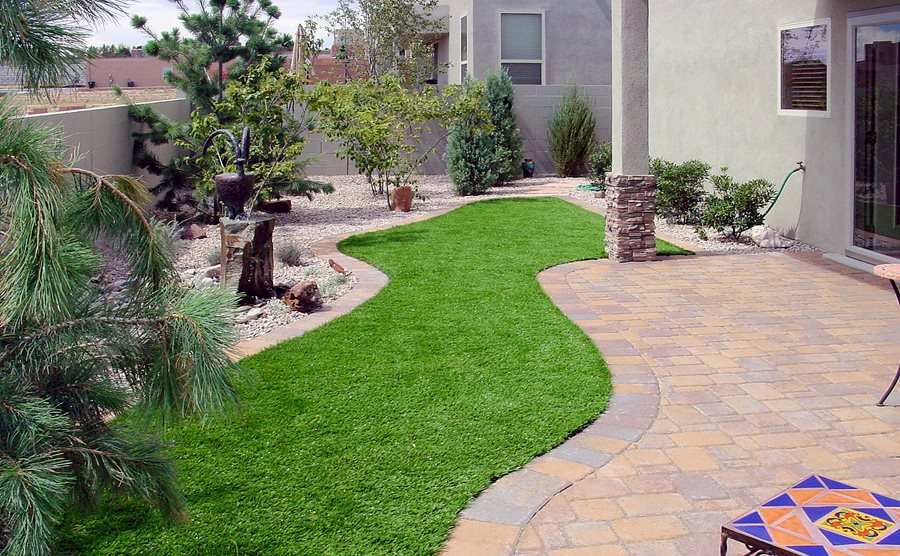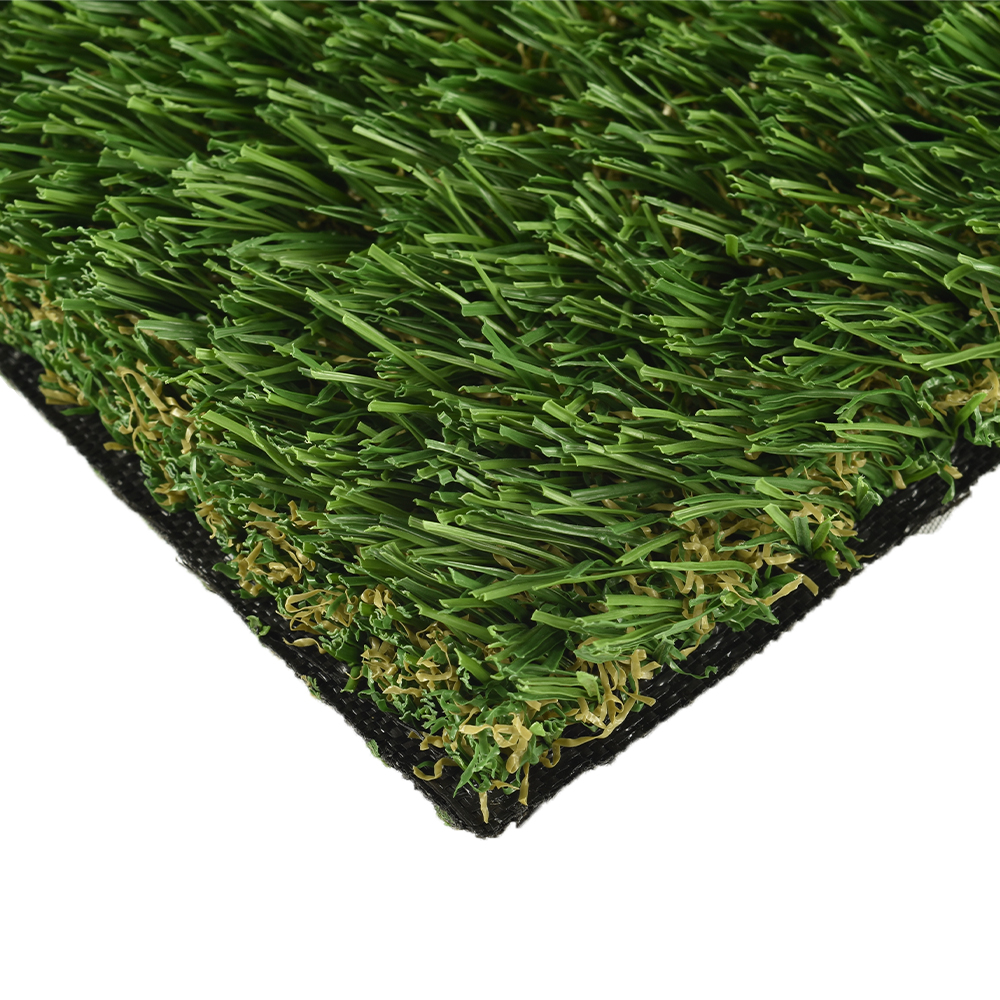Reliable Artificial Turf Companies Phoenix for a Attractive and Green Lawn
Wiki Article
Explore the Environmental Perks of Opting for Artificial Grass Solutions
The adoption of synthetic grass services offers an engaging opportunity to deal with pushing environmental challenges. By dramatically reducing water use and decreasing the application of damaging chemicals, these options not just advertise lasting landscaping however likewise shield regional ecosystems.Water Conservation Benefits
One of the most considerable benefits of artificial lawn is its ability to save water. In contrast, artificial grass does not require watering, significantly minimizing the total demand for water resources.By removing the demand for routine watering, synthetic grass adds to sustainable landscape methods and helps alleviate the ecological influence of extreme water usage. Additionally, the preservation of water encompasses the decrease of runoff, which can result in dirt disintegration and waterway air pollution.
Additionally, the installment of fabricated grass allows house owners and towns to assign water resources extra efficiently, concentrating on important usages such as drinking water and farming. The shift in the direction of artificial lawn not just advertises liable water usage but likewise lines up with broader ecological goals targeted at protecting natural resources.
As communities progressively focus on sustainability, the water preservation benefits of synthetic grass provide a compelling case for its fostering in industrial and residential landscaping jobs.
Minimized Chemical Usage
The shift to synthetic grass substantially lowers the dependence on chemical therapies commonly used in natural lawn maintenance. Conventional lawn monitoring commonly involves the application of chemicals, herbicides, and fertilizers to promote development and control bugs. These chemicals can pose threats to human health, local wildlife, and the atmosphere, adding to dirt and water contamination.In contrast, artificial turf eliminates the requirement for these harmful substances. By decreasing the release of synthetic substances right into the ecosystem, man-made turf promotes healthier soil and water systems.
Furthermore, the absence of chemical runoff connected with fabricated grass installments helps protect local waterways from pollution, supporting marine life and preserving biodiversity. Turf installation phoenix az. As communities significantly focus on sustainable techniques, selecting artificial turf offers a sensible solution that lines up with environmental preservation objectives. Via this shift, building proprietors can take pleasure in lush environment-friendly spaces without compromising ecological wellness, leading the way for a more lasting future
Reduced Carbon Impact

Moreover, the installation of artificial grass can cause substantial water conservation. Natural lawns need significant quantities of water for watering, which not just includes to the carbon impact connected with water removal and therapy however likewise stress neighborhood water sources. On the other hand, fabricated lawn requires marginal upkeep, calling for no watering, therefore considerably decreasing water usage and its connected energy expenses.
Furthermore, the durability of man-made grass adds to its decreased carbon influence. With a life expectancy of as much as 15 years or even more, the requirement for regular replacements is reduced, leading to much less waste and reduced power consumption in production and throwing away typical yard options. In general, synthetic turf presents a lasting choice for environmentally aware landscape design.
Habitat Preservation
Environment preservation is an important consideration in the debate over landscape design options, particularly when contrasting synthetic grass to all-natural turf. Natural lawn lawns frequently call for substantial maintenance, consisting of using chemicals, fertilizers, and herbicides, which can detrimentally affect neighborhood ecological communities. These chemicals can leach right into the soil and rivers, harming native flora and fauna and interfering with regional habitats.
Man-made turf eliminates the requirement for dangerous chemicals, consequently securing close-by wildlife and preserving the honesty of bordering ecological communities. The installment of fabricated lawn can lead to the conversion of former yard locations into even more biodiverse landscapes, such as pollinator yards or indigenous plant locations, which can sustain local wild animals.
Ultimately, the transition to artificial lawn not just preserves water and decreases upkeep efforts yet additionally fosters an extra harmonious connection in between human tasks and the all-natural atmosphere, promoting habitat conservation while doing so.
Long-Term Sustainability
Long-lasting sustainability is an essential consider assessing the benefits of man-made lawn over conventional turf lawns. One of one of the most significant advantages of synthetic lawn is its longevity; it can last approximately 15-20 years with marginal maintenance, whereas all-natural yard needs constant reseeding and replacement. This longevity reduces the need for constant sources, such as water, fertilizers, and pesticides, which are vital for maintaining a healthy yard yard.In addition, man-made turf adds to a decrease in carbon emissions connected with grass care equipment. Standard grass often need gas-powered lawn mowers, leaners, and blowers, all of which add to air pollution. Arizona turf. On the other hand, fabricated grass eliminates the need for such tools, promoting a cleaner atmosphere
Moreover, the production of fabricated turf increasingly uses recycled materials, enhancing its sustainability profile. As makers adopt green techniques, the environmental footprint of man-made turf continues to decrease.

Conclusion
The fostering of synthetic grass options provides substantial environmental benefits, including significant water preservation, lowered reliance on harmful chemicals, and a reduced carbon impact. Fabricated turf aids in preserving all-natural habitats by minimizing land disturbance and advertising long-term sustainability via the usage of sturdy products. Collectively, these aspects underscore the possibility of fabricated turf to add positively to environmental health and offer a sensible option to typical landscaping techniques in an increasingly resource-conscious world.In comparison, man-made lawn does not need watering, substantially decreasing the overall demand for water resources. By lessening the launch of synthetic substances into the environment, fabricated grass promotes much healthier dirt and water systems.
Moreover, the installment of fabricated turf can result in considerable water preservation. In comparison, synthetic lawn needs very little upkeep, calling for no watering, therefore substantially lowering water use and its associated power prices.

Report this wiki page